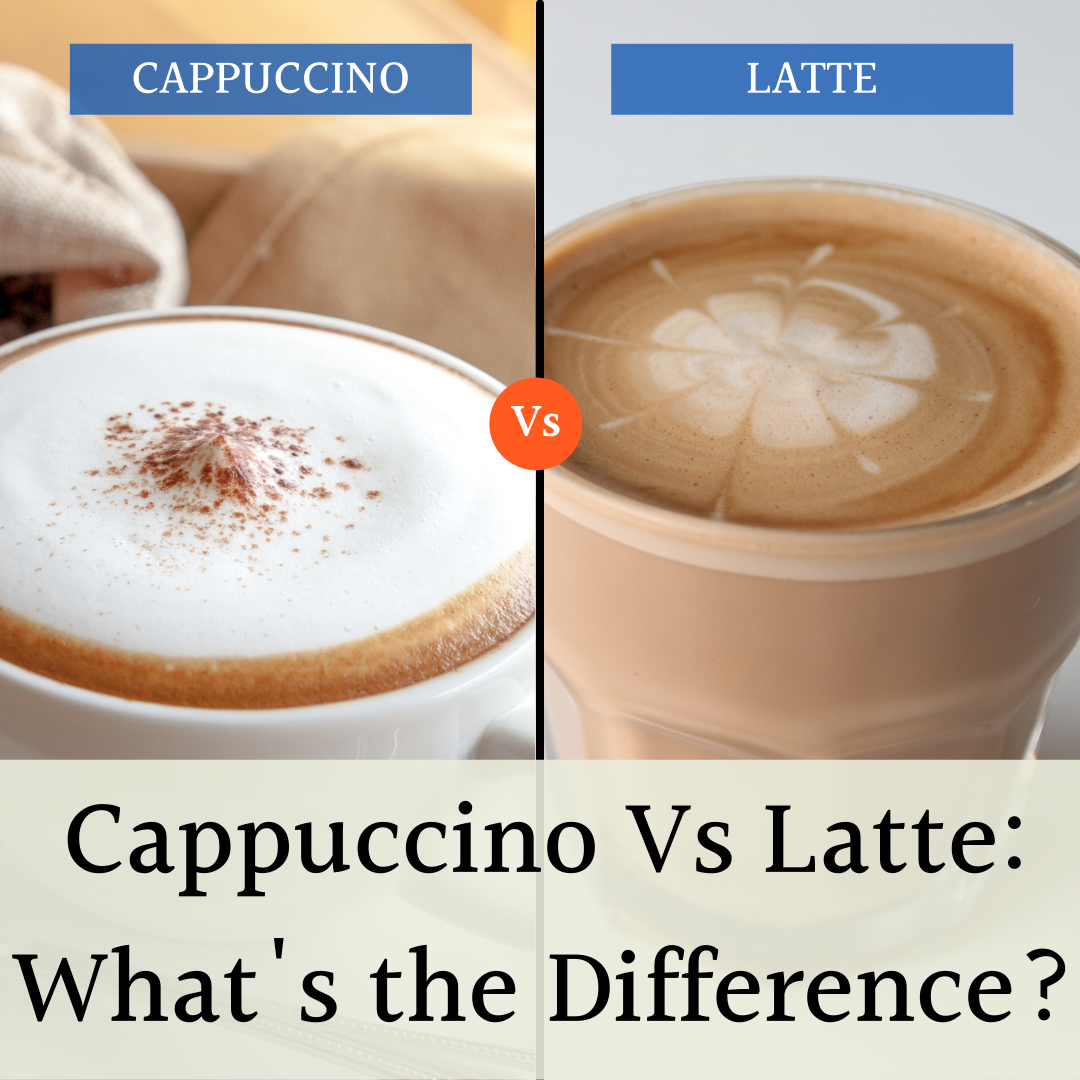Long gone are the days where you need to use a drip coffee machine to brew coffee. Instead, there are many ways to manually brew coffee, which produce better flavor with more control over the final cup.
I’ve listed 13 best ways to make coffee, including some common methods and other overlooked methods. In short, there is no one best way to make coffee, but there are many good ways to make coffee.
Each method includes a difficulty rating on a 1 to 5 scale, with one being the easiest and five being the most difficult. The sections include brew time (not including time to heat water) and grind size. We describe and picture every coffee grind size here to make it easier.
I separated the best ways to make coffee by full immersion and pour over, sorted by perceived popularity.
Full immersion:
Pour over:
This article excludes espresso, where you can find our coverage here.
Full Immersion Ways To Make Coffee
As the name implies, full immersion methods have all the water and coffee together during the entire brew process. As a result, full immersion brewing is generally easier to do (the siphon is a glaring exception), takes a little longer to brew, and produces a full-body coffee.
French Press
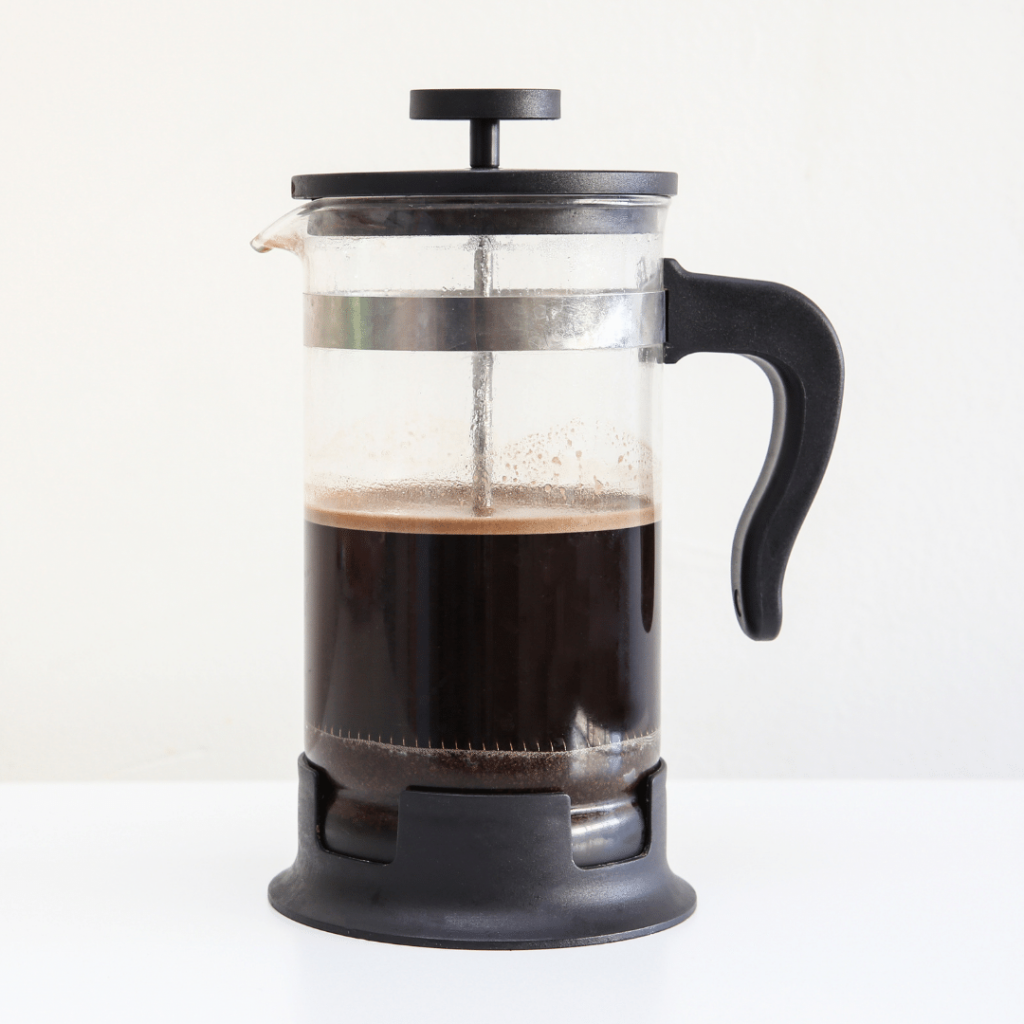
- Difficulty: 1/5 (very easy)
- Brew time: 4 minutes
- Grind size: coarse (sea salt)
A standard fixture in most kitchens, the French press is an easy way to make rich-tasting coffee. It’s been around for over a hundred years and is one of the most popular manual brewing devices. The French press is also my personal favorite brewing device due to its ease of use.
The French press has two pieces: the glass container for the coffee and a plunger to filter the coffee. It’s really easy to use: Pour the coffee and hot water into the container, wait four minutes, then push down the plunger to strain, and enjoy. We have more details within our full french press coffee guide.
French press coffee includes most oils from the coffee bean, thanks to the wide metal filter. The oils create a rich taste and full body. The French press works best with a medium or dark roast, which brings out more toasted flavors that will linger in the mouth.
The French press is a great value given the simple brew process and no filter needed. It doesn’t require much effort other than setting a timer to four minutes every morning. You’ll have an instant upgrade in flavor over a traditional drip coffee machine.
The downside is the metal filter also lets through the tiny bits of coffee grounds known as the fines. You can see the fines at the end of your cup, and they make the last sip of French press coffee muddy and bitter. The French press doesn’t require paper filters, but disposing of the coffee grounds can be messy. Lastly, you may end up going through a few French presses as they are fragile.
AeroPress

- Difficulty: 2/5 (simple with room to innovate)
- Brew time: 90 seconds to 3 minutes
- Grind size: fine to medium (depending on the brew time)
The AeroPress is an interesting entrant to the coffee scene. It was invented in 2005 by Aerobie, previously known for selling flying discs. The AeroPress is immensely popular, and for a good reason: it’s an extremely versatile way to make good coffee. The summary bullets are irrelevant for AeroPress because there are so many ways to make coffee with it.
The AeroPress is an immersion device with two cylindrical parts. The brewing chamber holds the coffee and water with a small paper filter on one end. The plunger pushes the coffee through the filter and into your cup.
The most common way of using the AeroPress is with a fine grind and 90 second brew time. AeroPress coffee comes out to something like espresso or French press with a cleaner cup of coffee. The coffee is quickly extracted with a bright flavor, while the filter holds back the fines for a light body. That is just the start. You can use a medium grind and three-minute brew time for AeroPress coffee, similar to a drip machine. The World AeroPress Championship awards all sorts of recipes.
It’s easy to get started with the AeroPress and easy to clean up after using it. The device is portable and the most common coffee device for traveling, thanks to its durable, lightweight construction. The downside of the AeroPress is there can be some leaks when pouring the coffee right into the filter. The inverted method of AeroPress avoids that issue but can prove tricky itself.
Cold Brew

- Difficulty: 2/5 (only requires patience)
- Brew Time: 12-24 hours
- Grind Size: Extra-coarse (as coarse as it gets)
Cold brew coffee has been soaring in popularity, although it’s actually been around since the 1600s in Japan. It’s a different way of brewing coffee with cold water overnight. The extraction takes longer, but you get a completely different flavor profile than regular coffee.
There are many simple ways to make cold brew coffee (we have a French press recipe). All you need is beans, a jar of some sort, and a filter. Combine extra-coarse ground coffee in the jar with water. Use a higher ratio of coffee-to-water than other methods. We recommend a 1:8 ratio. Let the brew sit overnight at room temperature or a full day in the refrigerator. Then, filter out the grounds and dilute the concentrate to your taste. No special technique is required.
The cold water brings out a different flavor profile of coffee. Cold brew coffee is smooth, rich in taste, and low in acidity. This is because the cold water doesn’t extract the oils with acidity, leading to 70% less acidity in cold brew. It also tastes less bitter.
Cold brew coffee wins summertime coffee drinks. It’s easy to make, and the concentrate can last around a week in the fridge, whereas regular coffee doesn’t last a day. The brewing process is pretty forgiving. You can use old coffee beans without worrying about precision.
The only tricky part of making cold brew is straining the grounds (that’s why we like using a French press in the recipe). It’s important to note that cold brew coffee is stronger and has more caffeine. The dark roast flavor turns off some coffee drinkers, sparking the debate over cold brew vs iced coffee. We don’t take sides at Craft Coffee Spot, but I encourage making cold brew coffee on that hot summer day.
Moka Pot
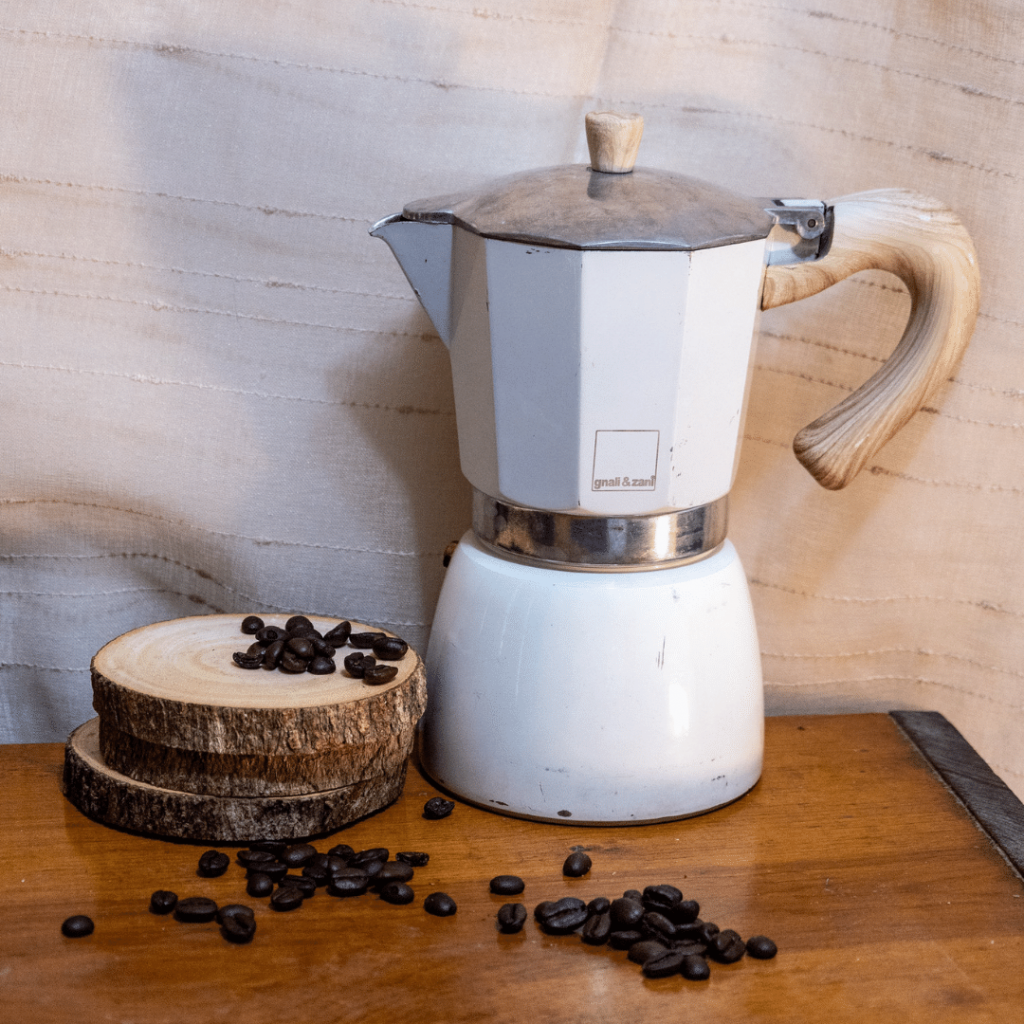
- Difficulty: 2/5 (relatively easy but hard to make a great cup)
- Brew Time: Between 2 and 10 minutes, depending on how long it takes your stove to boil water and the heat of the water that you’re using
- Grind Size: Medium-coarse (not too fine)
The Moka pot is a trendy Italian appliance that allows you to make small portions of richly flavorful cups of coffee. The Moka pot has three parts: a bottom chamber, a collecting chamber, and a basket for coffee grounds. Understanding the physics of how a Moka pot works is complicated, and I won’t get into the details here.
Essentially what happens is the stove heats the water in the bottom chamber, pushing it up into the grounds basket. The water then falls back through the collecting chamber and circulates.
Moka pot coffee comes closest to espresso and is often referred to as a “stove-top espresso machine.” However, the Moka pot extracts the flavor from the coffee at a lower pressure than an espresso machine, and is very different in my opinion.
The flavor profile tends to be bold without being too bitter if you use the recommended fine grind size and dark roast beans. Its flavor profile is not as rich as, say, a French press, but it is far more flavorful than traditional drip coffee.
The disadvantage of a Moka pot is that it is fickle, so you need to be careful with how you brew coffee. For example, be extremely careful that you don’t grind your beans too fine; otherwise, the water might not get through the spout. Also, it’s easy to burn Moka pot coffee with an extended brewing time. On the plus side, Moka pots are easy to clean and fun to use. They are a great way to brew coffee in small homes and for travel in RVs, campers, or on wood stoves.
Clever Dripper
- Difficulty: 1/5 (very easy)
- Brew Time: 1-3 minutes
- Grind Size: Medium
A Clever Dripper is one of my favorite coffee brewers. It’s effortless to use and was something of a pioneer in its field at the time of its release. A Clever Dripper may look like a pour-over, but it’s not. Instead, this coffee maker is what’s known as a “steep and release brewer.”
What does steep and release mean? With a Clever Dripper, you use a paper filter and medium grounds much in the way that you would do with a pour-over coffee maker. You fill the Clever Dripper with hot water and wait. After letting it steep, you simply place the Clever Dripper on a mug or similar cup and, when the Clever Dripper is placed on a mug, its action releases, and the coffee pours out below.
I love the taste of Clever Dripper coffee. It steeps the coffee much like a French Press, but it doesn’t keep the coffee in the same area as the used grounds, making it easier to avoid bitterness.
The Clever Dripper is a nifty gadget for newbies and pros alike. Furthermore, if you like a weak cup of coffee, this is just as possible as making a robust cup of coffee: simply change your steep time.
Turkish Coffee

- Difficulty: 3/5 (medium)
- Brew Time: 2 minutes
- Grind Size: extra-fine (powdered sugar)
Turkish coffee is a traditional way of brewing small cups of dark coffee. It is a unique method since the grounds are not filtered which creates quite a thick taste.
Turkish coffee uses a copper pot with a long handle known as a cezve (or ibrik). It is common in Turkey and the Balkan regions. The brewing process is straightforward but be careful not to let the cezve boil over. Bring water to a boiling temperature in the cezve, then add one large tablespoon of very finely ground coffee per cup. Let the coffee boil for another minute and pour slowly into a cup. Add sugar at the start if you’d like sweet coffee.
The unfiltered brewing creates a very thick coffee. The taste lingers in the mouth, and the fine grounds bring out the roast profile with each sip. Use a darker roast for the best flavor. Most people add a teaspoon of sugar to Turkish coffee and have a glass of water to wash it down. The coffee gets heavily extracted and has a big kick of caffeine in each cup.
Turkish coffee won’t bring out the unique single-origin flavors from the coffee bean. Those who want a clean cup should look elsewhere. Turkish coffee is best for sipping with good company, as it is traditionally served. The nice part is it’s fairly easy to brew with a cezve. A bonus is you can read your fortune from the grounds after finishing Turkish coffee.
Siphon
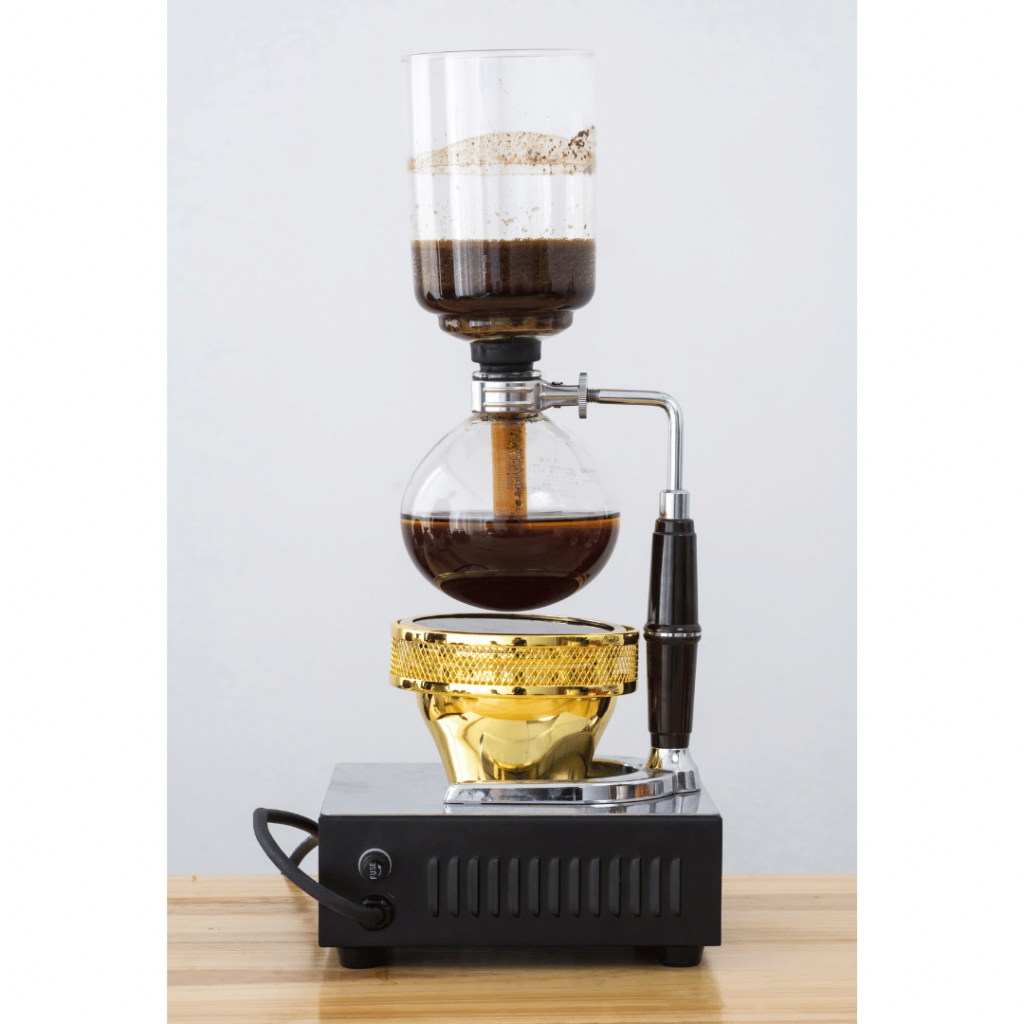
- Difficulty: 5/5 (requires technique, active involvement in the brewing process, and good timing)
- Brew Time: 3 minutes
- Grind Size: Medium (between table salt and sea salt)
A siphon or vacuum coffee pot is a coffee brewing style that was first invented in mid-19th century Europe. Indeed, the siphon is as complicated as it looks. Unless you’re bored with every other method of brewing coffee or you wake up in Victorian England, and that’s all that’s available to you, I find siphon brewing more trouble than it’s worth.
The siphon is called a vacuum coffee pot because it utilizes pressure differences to draw water up and then send it down with coffee. There are a few parts to the vacuum coffee pot. A top chamber fits into the lower chamber, and you’ll also need a butane burner to put underneath the bottom chamber. There’s also a filter that goes into the top chamber. The process of making is very complicated, and you’re likely best off watching a video like this one to get started brewing.
The taste of siphon coffee is likely the only reason it’s remained popular to this day. Many people prefer siphon coffee to any other kind of coffee because its brew method produces a much slower extraction than other kinds of brewing methods, giving it a rich and full flavor while simultaneously reducing the acidity that you get out of, for example, a French press.
The major disadvantage of a siphon coffee maker is that using one takes a lot of technique. You’ll have to practice a few times with videos before you can get it right. Furthermore, due to the brewing method and the shape of the chambers, it’s a hassle to clean up afterward.
Pour Over Ways To Make Coffee
Pour over methods involve adding a stream of hot water over the grounds. Pour over coffee takes longer to brew and requires more technique than full immersion. The benefit is you can control the output using a pour over device. It’s great if you have the time and focus and want to get individual flavor notes out of the coffee. We have a complete guide on pour over coffee.
Melitta
- Difficulty: 3/5 (medium)
- Brew Time: 5 minutes
- Grind Size: Medium-fine
Melitta is the original pour over device, starting with Melitta Benz back in 1906. The Melitta is a wedge-shaped pour over device with one hole at the bottom. If you’ve seen a generic pour over device, odds are it’s a Melitta. The single drainage hole leads to well-extracted, flavorful coffee.
To use the Melitta, use a typical #2 Melitta filter. Pour in the grounds using a medium or medium-fine grind size. Place the dripper over your mug and saturate the grounds initially to bloom the coffee. Then pour in the rest of the water in a circular motion. The single hole can clog, although the ribbing along the bottom promotes airflow and usually prevents issues.
The coffee will come out clean and flavorful in a Melitta, as most pour over devices. However, you don’t have quite the control as other pour over devices. That means the coffee will come out consistent from a Melitta without much of a learning curve. On the other hand, you can’t tweak the brew to get precise extraction like a Hario V60 or a Chemex.
What’s great about the Melitta is the filters are widely available. The Melitta brand #2 and #4 filters are in most grocery stores. The device is an excellent starter pour over, although you’ll want to move on as you desire a particular type of flavor.
Chemex
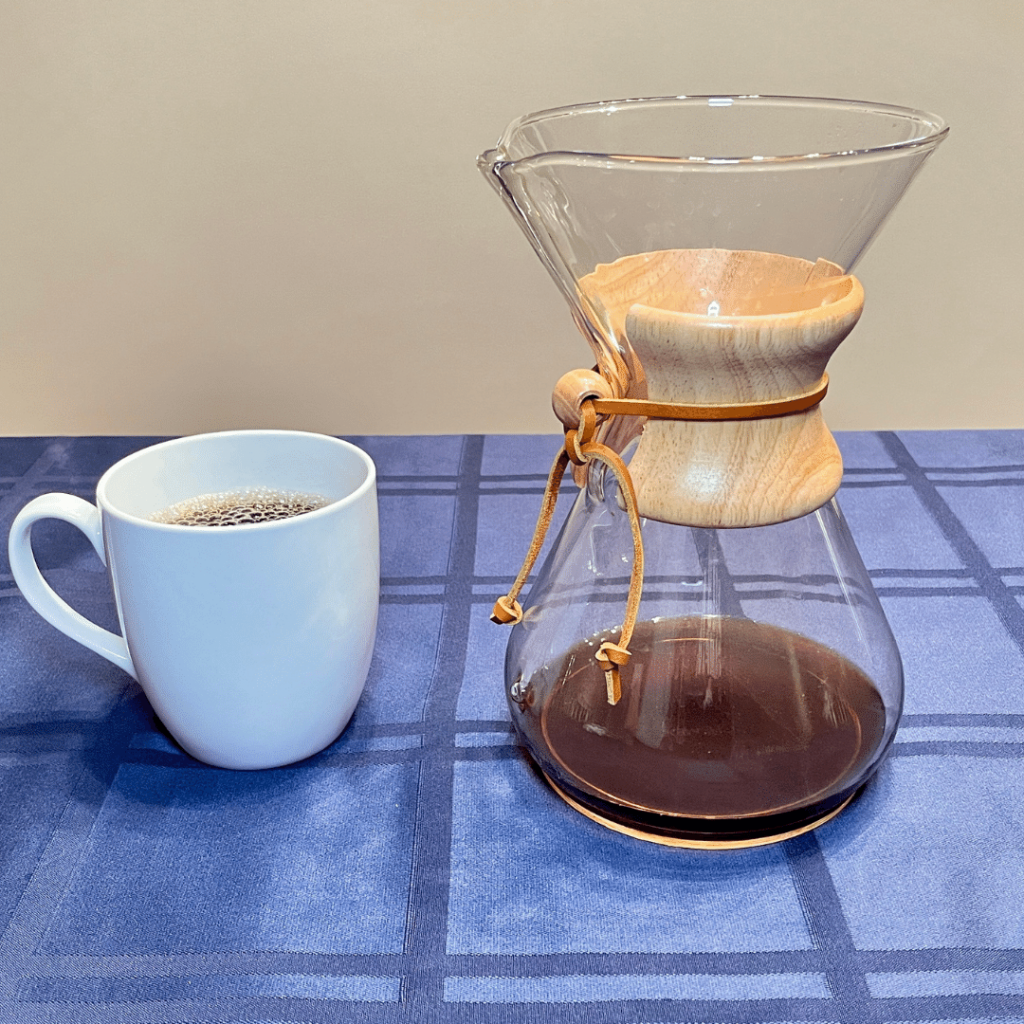
- Difficulty: 5/5 (requires technique)
- Brew Time: 4 minutes
- Grind Size: medium-coarse (rough sand)
The Chemex is an elegant museum-worthy device that makes a flavorful clean cup of coffee. The brewer has a lot of control with a Chemex, even by pour over coffee standards. It takes several attempts to reach a particular flavor. But, once you get it right, Chemex produces some of the best-tasting coffee out there.
The Chemex uses special folded filters. When you add the grounds and begin the pour over, the filter creates a seal between the glass with a small air channel at the spout. This regulates the airflow and gives more control over the flow rate. Use a medium-coarse grind size to start. The Chemex is sensitive to grind size, which is the risk/reward with this device. You can use a fine grind for a slow pour and extract more flavor, but potentially bitter. Or use a coarser grind for a fast pour but potentially weak under-extracted coffee.
The coffee filters are thick and hold back most oils and coffee fines. This leads to a clean mouthfeel, and all the individual coffee flavors are noticeable when a Chemex is done right. You will get the best flavors using a light or medium roast.
The nice part about the Chemex is the controlled pour time. It can get a particular flavor in a single cup. Chemex sizes go up to 10 cups of coffee, making it the best device for a large batch. The downside for a Chemex is the learning curve to get it right. It takes several tries and singular focus during the pour. The Chemex is best for those who want precisely brewed coffee with exquisite flavor.
Hario V60

- Difficulty: 4/5 (a learning curve involved)
- Brew Time: 3 minutes
- Grind Size: Medium-fine (closer to table salt)
Hario V60, another brand-name coffee brewer, is the most popular pour over method we found. The V60 device pours over directly into your cup or coffee receptacle. Released in the early 2000s, the Hario V60 has quickly become a favorite for solo coffee-brewers as it can pour you a nice cup of joe right into your mug.
The Hario V60 is a coffee-mug-shaped, porcelain device slitted one small hole in the base and a platform whereby you can rest it atop another cup (or on top of a coffee pot if you’re brewing for guests). Simply put a paper filter in the V60, place your grounds, and pour hot water over in a circular motion until it fills your cup.
The Hario V60 extracts some great flavor from the coffee beans. The grooved side of the cone allows coffee to filter out from the sides and the bottom, leading to even extraction. It’s a faster brew time than the Chemex but with the same or even more range of flavor. The Hario V60 is the most common pour over device at specialty coffee shops for that reason.
That said, though, there are some disadvantages. First, the V60 takes time and technique to master (there are plenty of V60 recipes out there). Second, the V60 uses specific paper filters that are more wasteful than brewing methods that utilize coffee’s natural role as a filter for itself (like the Walkure). Lastly, the V60 is somewhat small and is best for single servings. Those who want the pour-over but want to serve more people can look at Chemex.
Kalita Wave
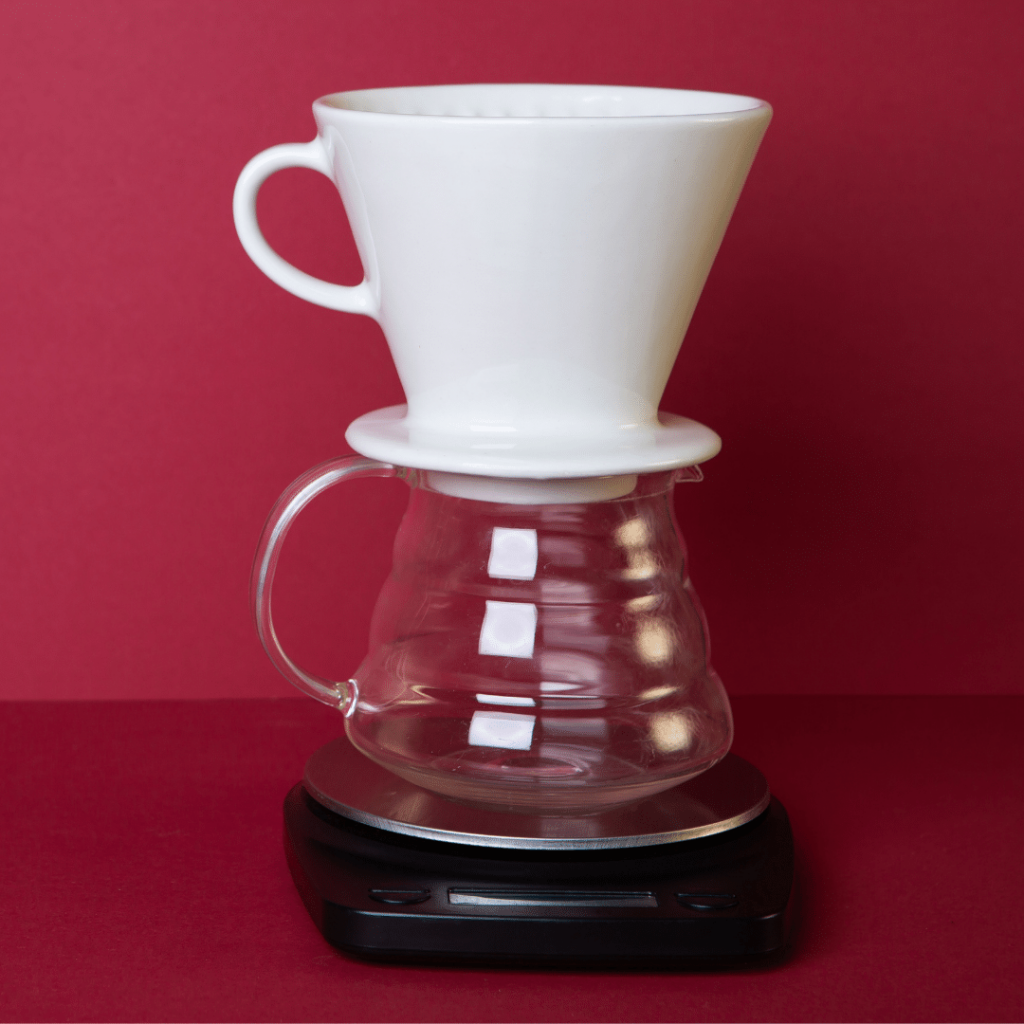
- Difficulty: 3/5 medium
- Brew Time: 2 minutes
- Grind Size: Fine
Kalita Wave is a product manufactured by Kalita with a brand new take on the pour-over coffee maker. Whereas all the pour-overs on this list are conical in shape, the Kalita is flat-bottomed. The Kalita Wave was actually my introduction to craft coffee, although I’ve long since moved on. It’s great for those who like a weaker blonde roast or those just getting started in the world of coffee.
The Kalita Wave works like the other pour-overs on this list: you pour hot water over the grounds and let the coffee drip out the bottom, typically into a cup or small pot of coffee. The Kalita Wave apparatus is fitted with three holes, meaning the water passes through your coffee very quickly.
Because the water passes through the coffee grounds quickly, extraction is low. That said, there is virtually no bitterness in a cup of Kalita Wave. This is an ideal method for coffee lovers who love the beverage for its caffeine.
Kalita Wave is easy to use, and for the uninitiated, it makes a decent cup of coffee. Those of us with more refined palates will probably find it lacking. It has no bitterness to the final cup, but the taste isn’t very bold or full either.
BeeHouse
- Difficulty: 2/5 (easy for a pour over)
- Brew Time: 2 minutes
- Grind Size: Medium-fine (fine table sea salt)
The BeeHouse coffee maker, or Bee House coffee maker, is a well-loved choice for baristas and home brewers alike, who love this coffee maker for its ease of use and the relatively well-extracted cup that it puts out.
A BeeHouse coffee maker is designed very similarly to the Hario V60 and is a favorite for its interior design role. Significantly, though, the Bee House differs in that alongside two drain holes in the valley of the brewer, there are slits to allow the coffee to air as you’re brewing it and to give you a view of what you’re doing.
Coffee brewed with the BeeHouse coffee maker is well-extracted and aromatic, similar to other pour-over style coffee makers like the Hario V60 or Chemex.
The most significant advantage of the BeeHouse brewer above other pour-over brewers is that it looks great in modern, sleek interior designs. Like the Hario V60, its downside is that it’s best for single cups, though as many as two are possible with the large size.
Walkure
- Difficulty: 1/5 Easy
- Brew Time: 3 minutes
- Grind Size: Medium (coarser is okay, but not finer)
A Walkure porcelain brewer is a coffee brewer that is very new to the scene. It is a brand-name brewer (available here) with a unique mechanism that both newbies and experts love.
Its mechanics are like that of a pour-over, meaning beginners can easily make a tasty, full-bodied cup of coffee, but at the same time, it’s built in such a way that barista technique is out of the question. This makes it an excellent device to learn how different brewing parameters affect a cup of coffee.
A Walkure brewer consists of four parts that stack on top of one another: a lid (to retain heat), a receptacle for pouring water, a chamber that holds the grounds, and finally, the receptacle at the bottom.
The receptacle for pouring water is a shallow disc with six evenly spaced holes that distribute water evenly on the coffee below, ensuring no part of the coffee is over-extracted. Instead of a paper filter, the chamber that holds the grounds is fitted with a double layer of porcelain. This grid suspends the coffee and filters out most fines for a clean cup.
The most significant advantage of a Walkure brewer is its ease of use. Because it is so barista-resistant, it is also great for newbies and experts alike. The Walkure flavors aren’t as rich as a French press or siphon coffee maker, but it makes a surprisingly more resilient cup than other more common methods. The Walkure is a strong contender for the best way to make coffee.
What Next?
We recommend learning pour over brewing, which is still an underrated way to make coffee. Check out the pour over coffee guide to get started.


